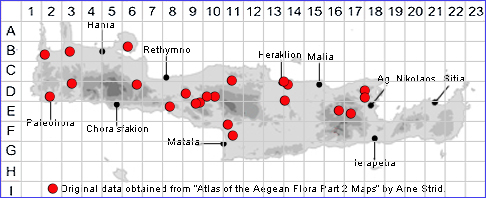SPECIES DESCRIPTION
VICIA LUTEA
Family and Genus:- See- LEGUMINOSAE/Sect. VICIA
Common Names:- Hairy yellow vetchling
Homotypic Synonyms:- Hypechusa lutea, Vicioides lutea, Wiggersia lutea.
Meaning:- Vicia (L) Binder, to bind, a name used by the Roman naturalist and
philosopher Pliny for vetch.
Lutea (L) Yellow, vile, of clay, muddy.
General description:- Low to medium, prostrate or clambering, hairy annual.
Stems:-
1) 60 cm tall. ascending to erect, sparingly branched.
Leaves:-
1) Leaflets, 5-9 pairs, those of the lower leaves usually elliptical, upper oblong,
usually sparsely pilose, tendrils branched.
2) Stipules, small, usually incised-serrate.
Flowers:-
1) Solitary or sometimes paired, subsessile in the upper leaf axils.
2) Calyx tube, campanulate, slightly gibbous:
a) teeth, distinctly unequal, the longest much exceeding the tube.
3) Corolla, 18-30 mm, various shades of pale yellow, pink or mauve.
Fruit:-
1) Legume, oblong, compressed, usually 20-35 x 7-12 mm, pubescent usually with
long tubercle-based hairs, yellowish-brown to black, beak curved.
2) Seeds, 3-9, hilum 1/3-1/2 of the circumference.
Key features:-
1) Leaflets, 5-9 pairs, those of lower leaves usually elliptical.
2) Corolla, 18-30 mm, various shades of pale yellow, pink or mauve.
Habitat:- Cultivated ground, track sides, grassy coastal habitats, stabilised shingle
and sand-dunes.
Distribution:- Widespread throughout the Mediterranean, except Cyprus and parts
of the E. Mediterranean. Widespread and common on Crete.
Flowering time:- Apr-Aug.
Photo by:- Steve Lenton

